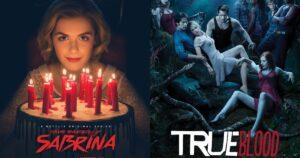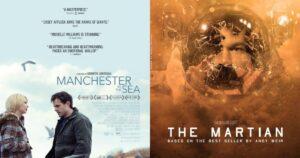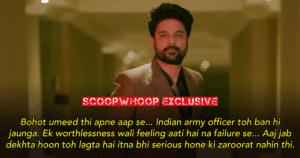There’s only one thing more frightening than war – the anticipation of war. As Steven Spielberg’s Saving Private Ryan opened with one of the bloodiest sequences, it became hard to imagine how he would top the horror of that first scene. The film soon became about hidden snipers, or the possibility that there could be a bomb or an enemy batallion around any corner of town, and suddenly the point-blank gore wasn’t so terrifying anymore. The film became a visceral experience for the audience where we felt the terror that Captain Miller’s outfit does. We are already in their shoes making decisions for them. Similarly in Christopher Nolan’s Dunkirk, as British soldiers wander about in the seaside French town, an invisible enemy unloads their magazine on them, killing all but one. The abruptness of war.
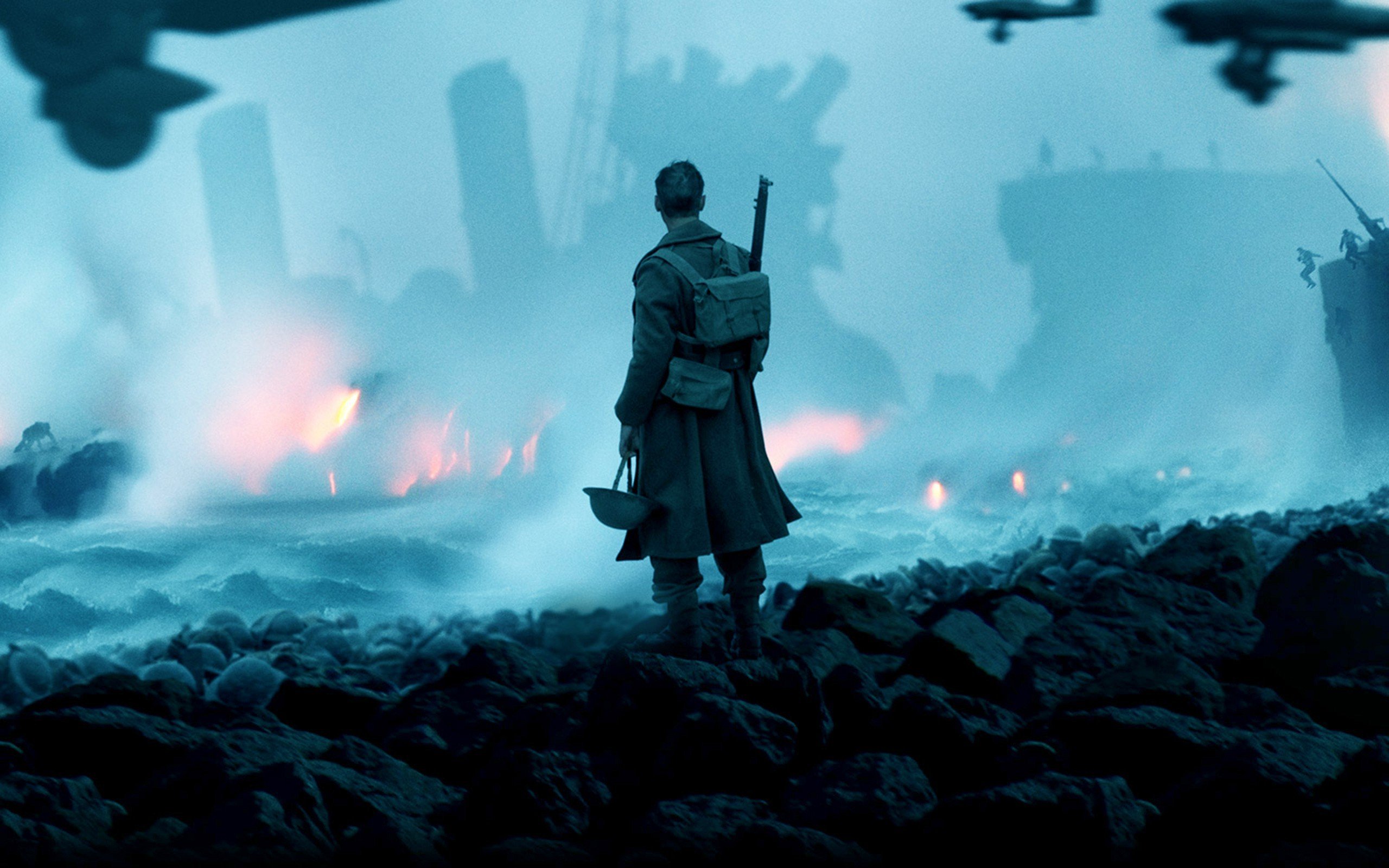
The movie is based on the historical event of this one-of-a-kind evacuation, where more than 300,000 Allied soldiers were rescued and brought back to England. It remains one of the most iconic rescues in world history, and how director Nolan elevates the material is by choosing to show the rescue from 3 perspectives – the beach (land), the civilian boats (sea) and the Air-force (air) – the scenes inter-cutting into one another. The time being manipulated from one perspective to another – the soldiers spend a week on the beach hoping for help, the civilian boats spend a day going across the English channel and rescuing their boys, while we’re shown an hour of the Royal Air Force chasing down enemy planes ensuring a safe passage for the boats back.
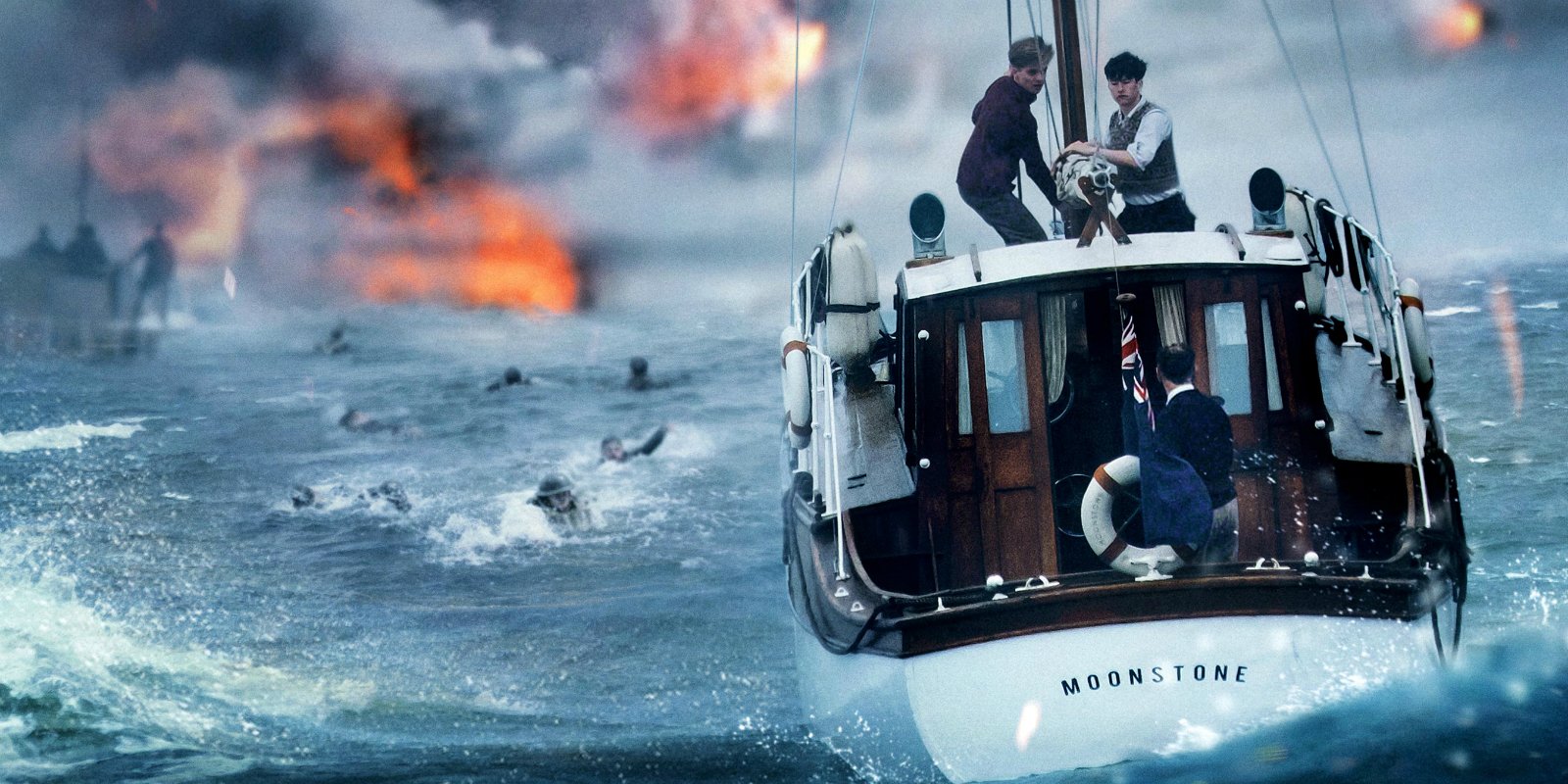
The writer-director does it rather smartly with minimal dialogue by simply placing us right in the middle of the action. There is a constant, uneasy unpredictability to a war zone where all you can really hope for is to survive the hour and probably the day. Who knows where the next spitfire is coming from, and whether it will take you out. And we see that abject surrender to fate, when a young soldier lies on the beach with his hands covering his ears, covered in dirt from the beach bombings. There’s nothing else you can do.
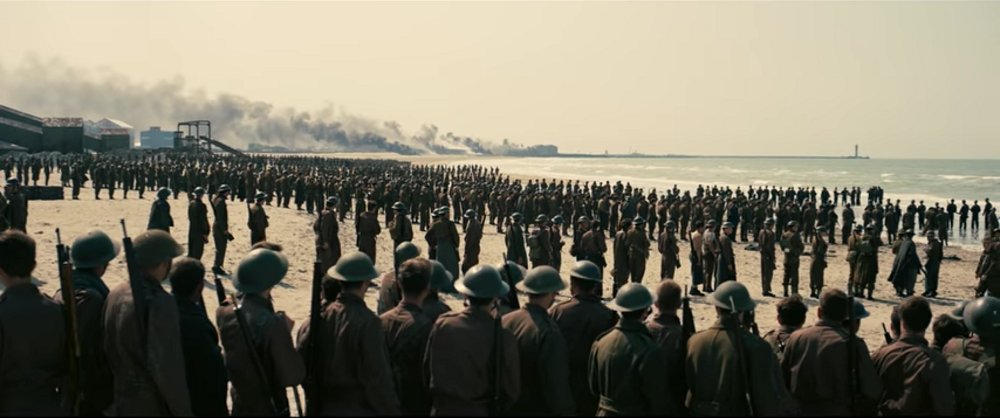
In one of the finest scenes in the movies, a plane crash-lands into the sea, and we’re left shaken by the loud thud at the point of impact. The sound design enables us to feel the impact of a torpedo and other artillery. The director revels in the silent moments of war only to break it with the high-pitched sound of an approaching Supermarine, gradually increasing the heart-rates of the soldiers on screen and the audience off it. Both Hans Zimmer’s near-invisible score and Hoyte van Hoytema’s luscious visuals of the open beach, capture how vulnerable the British army really are. ‘Fish in a bottle’ as someone puts it at one point.
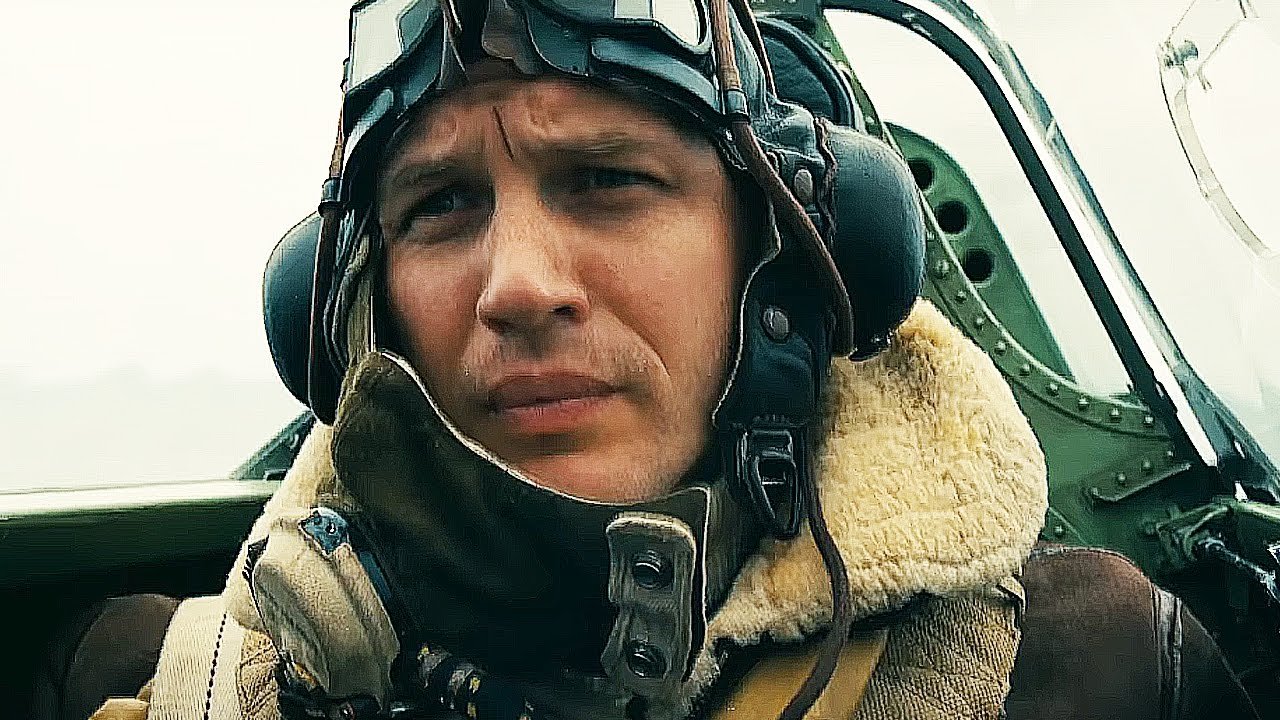
For small acting portions, the film has been able to round up big names for its cast. Cillian Murphy plays the unnamed part of a plane crash survivor rescued by Mark Rylance’s civilian boat. Tom Hardy plays a Royal Air Force pilot dog-fighting with the German planes, taking them out one at a time. Hardy spends most of the film behind a mask emoting through his eyes – something he has already done for his director while essaying the character of Bane in The Dark Knight Rises. All the ‘lads’ in the film are compelling for their parts with debutantes Fionn Whitehead and Harry Styles standing out with the meatiest parts among the young actors. This isn’t a film where any actor gets the space or the time to show off his acting chops.
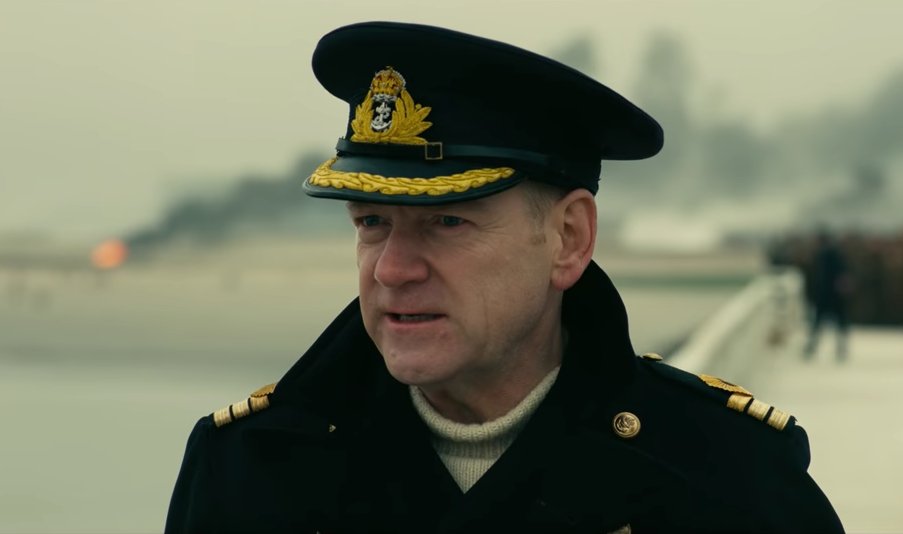
As someone who has followed the director’s work for nearly 2 decades, it’s been a common observation about how he likes to stuff his films with various layers and ideas (sometimes unnecessarily) into his version of a bloated blockbuster. Some call it fearless ambition, while some see it as an indulgence – as confirmed in 2014’s Interstellar where the director dropped his protagonist into a black hole and then had him survive it. In his latest offering, the director has the luxury of a lean structure of events. And even in what might be his least convoluted movie since Batman Begins, the director throws in themes of PTSD (a shivering Cillian Murphy), morality of letting a loved one die to save hundreds of strangers, and in the end a soldier’s fear of being treated as a coward for ‘surviving’ a war.
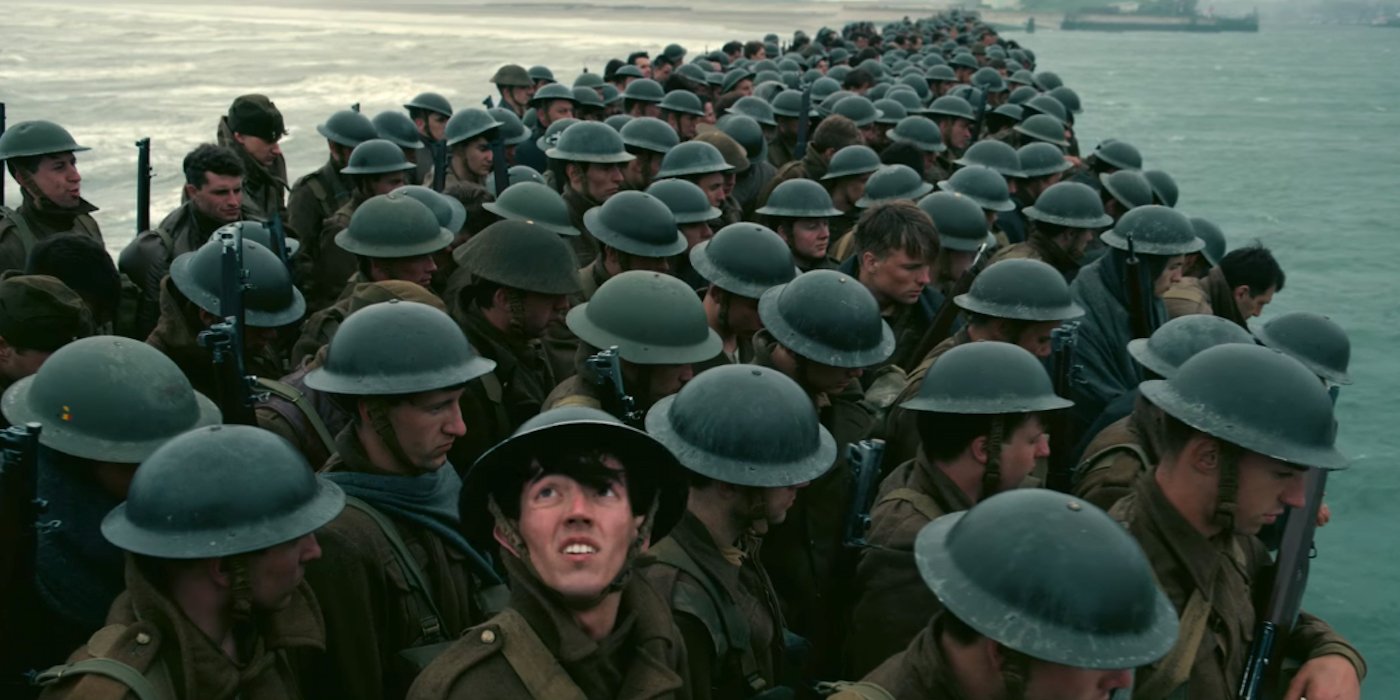
Interestingly, we never see the face of the enemy (Germans). Instead, the running time of Dunkirk is spent by the audience looking over their shoulders for that incoming shower of bullets, bombs or torpedoes. The film succeeds because it underlines the human elements of war. It invokes in us the fear of a thousand breathing, faceless men caught in the middle of hell fire. While it also celebrates the triumph of the most basic instinct of humanity – survival.




